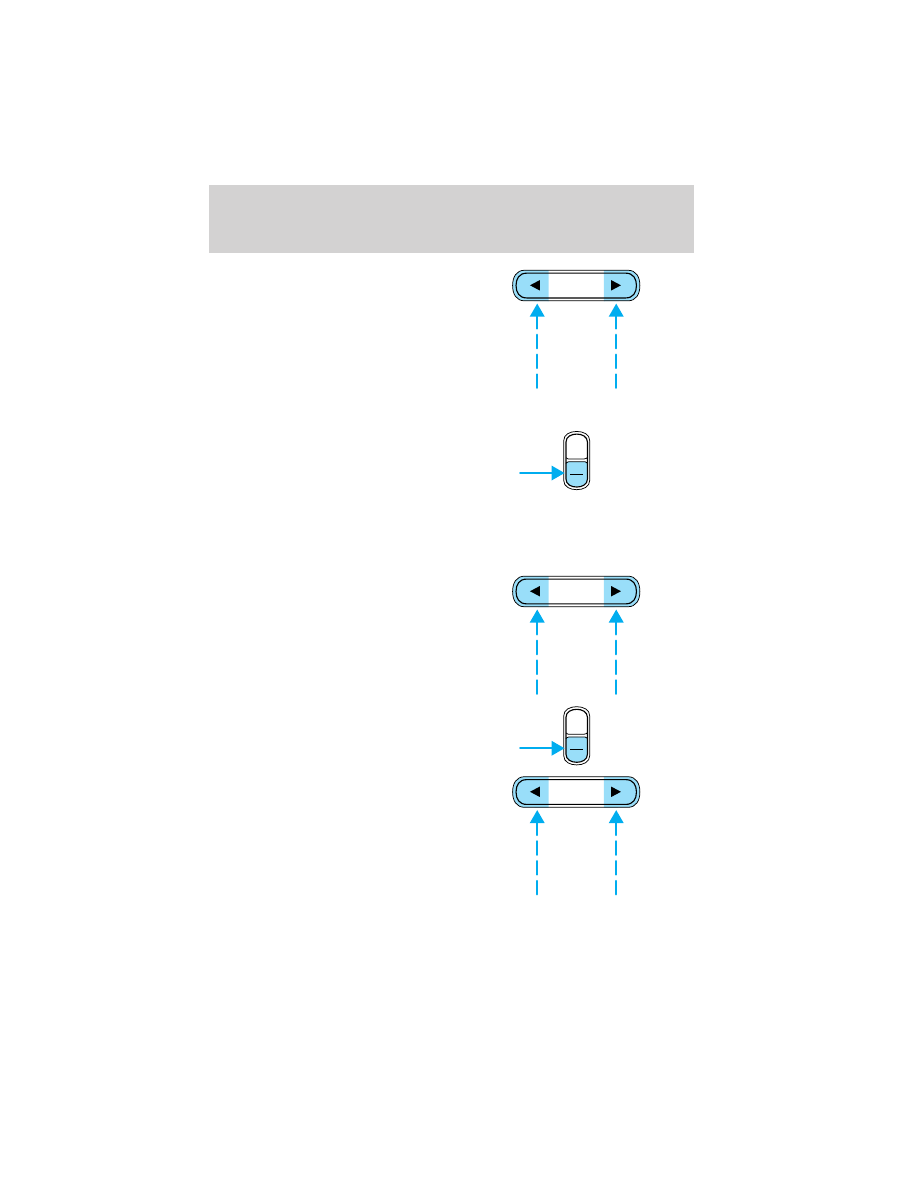Mercury Villager (2002 year). Manual - part 4

Press the RDS control. Use the SEL
control to select ON or OFF to
enable or disable the feature.
RDS traffic announcement
When set ON, this traffic feature will
interrupt tape or CD play to play a
traffic report broadcast from a FM
RDS station.
To activate the traffic feature:
• Press the RDS control until TRAFFIC is displayed.
To see if any stations in your area are capable of broadcasting an RDS
traffic alert, press SCAN or SEEK while TRAFFIC ON is displayed. The
radio will then SCAN or SEEK only
to traffic capable stations.
RDS select program type
• Press the RDS control until FIND
program type is displayed.
• Use the SEL control to select the
desired program type. With the
feature ON (FIND program type),
press the SEEK, AUTOSET, or
SCAN control to find only
stations of the selected type from
the following selections:
• Classic
• Country
• Info
• Jazz/R&B
• Religious
SEL
AUTO
RDS
CLK
SEL
AUTO
RDS
CLK
SEL
Entertainment Systems
49